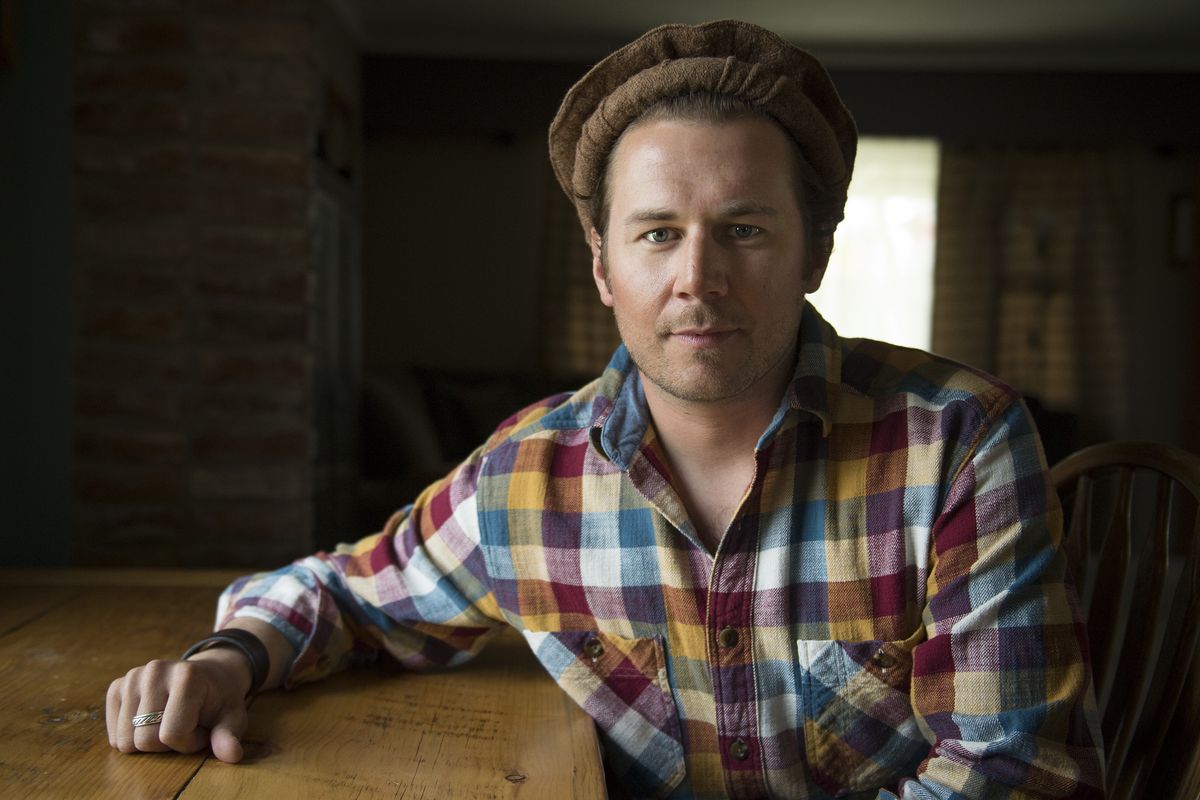Cheney resident hopes to inspire others to ski in Afghanistan

The mere mention of skiing in Afghanistan raises eyebrows; the war-torn country and the sport are not commonly paired.
Cheney resident Nick Pontarolo thinks the two should be – often and with zeal. The 33-year-old returned after a recent seven-day ski and sightseeing adventure in the Bamiyan province, and plans to do what he can to encourage the area’s budding tourism industry.
“For a couple reasons: Skiing is making a resurgence, so anything A.) to get back to Afghanistan; and B.) to promote skiing,” he said. “It’s a rustic skiing experience.”
The trip would appeal to an “adventurer traveler; someone who enjoys mountaineering and the uphill travel portion of skiing.”
Pontarolo is among a few thousand people who have skied the mountains located in the largest province in the middle of Afghanistan although sustainable tourism efforts started around 2008.
“Everything moves slow there, like the north-south freeway here,” he said.
The Bamyan Ecotourism Programme is an effort to provide employment and infrastructure to the town of about 60,000 people as well as preserve the region’s history and culture. The town is home to what remains of the three famous giant Buddha statues blown up by Taliban, and Band-e Amir National Park, also known as Afghanistan’s Grand Canyon. The snowy mountains surrounding the area start around 9,000 feet and reach up to about 16,000 feet. “It’s a huge bowl over there,” Pontarolo said. “It’s all above the tree lines.”
“Bamiyan province is one of the safest places in Afghanistan,” said Gull Hussian Baizada, director of Rah-e-Abrisham (SilkRoad) Tourist & Travel Agency, the only tourism company in that region, which also organizes camping and trekking in the mountain.
An excerpt from the intro of “Ski Afghanistan,” authored by Chad Dear and Laurie Ashley and published in 2011, reads: “One of the many lessons learned through the expansion of the tourism industry is that places of former conflict can rapidly become popular tourist destinations.”
The authors cite Cambodia, Rwanda and Nepal as examples where tourism has thrived; and with the help of the industry, the people and the economy in those areas have, too.
Bamiyan currently has three hotels and three guesthouses – 70 rooms total – Baizada said. Two more hotels, with 30 rooms each, are under construction and should be open by December.
For now, the guestrooms inside the former United Nations compound suited Pontarolo and his childhood friend Casey Johnson just fine.
The Lewis and Clark High School graduates began planning the ski adventure about two years ago, as part of a monthlong trip. Johnson works in the country for the U.S. Institute of Peace.
From Kabul, Pontarolo and Johnson flew into Bamiyan. “You land on a road, a gravel road, and roll to a gate. There are two containers: One with Pringles and the other has scales and a guy who handwrites tickets,” Pontarolo said.
Tour guides helped as the two, friends since fourth grade, trekked up the snowy, rugged mountains and Alpine skied down; no chairlifts here. The first day Pontarolo and Johnson skied, they shared the mountain with maybe four other men.
The compound where the men stayed had guestrooms, a prayer room and a common eating area, Pontarolo said. Each day, the 14-year-old cook prepared local food. Eggs, hard or soft, for breakfast; lunch consisted of a chicken or beef kabob, flatbread, an orange and water. For dinner, long-grain rice, usually pressure-cooked chicken and flatbread; hot tea to drink. Because they had no heat, there were people who built fires for them.
The downside: “no beer” and “no pork.” The entire ski adventure cost about $3,000 for airfare, a travel visa, room and board. Doing the adventure with a best friend, of course, was priceless, Pontarolo said.
“It would take pages, maybe a book, at the very least a photo essay, and for the corporate type, an elaborate PowerPoint with Fiji water and gluten-free muffins to explain what I saw, felt, and experienced in Afghanistan,” Pontarolo wrote in a blog. “But I am resolute in saying Afghanistan, its people; the Pashtun, Hazara, Tajik, Uzbek, the expats, and so many others are kind, giving, fun, and full of grit. I will return to Afghanistan for it was the best adventure I have ever been a part of and possibly the best month of my life.”